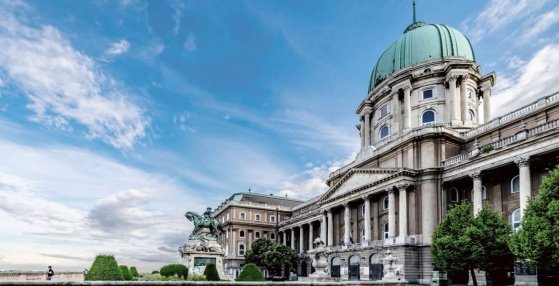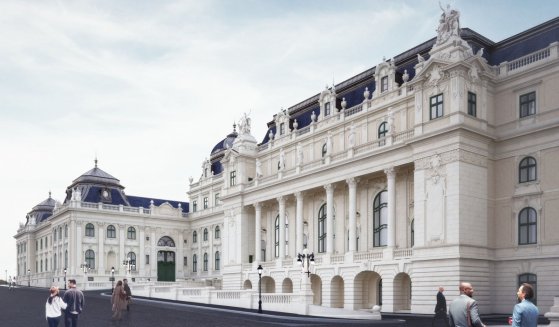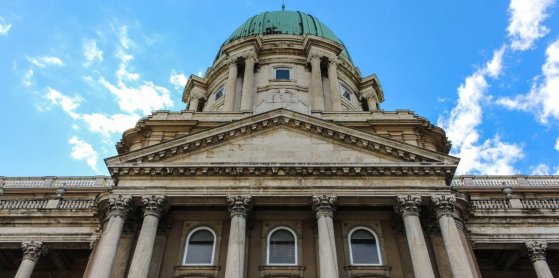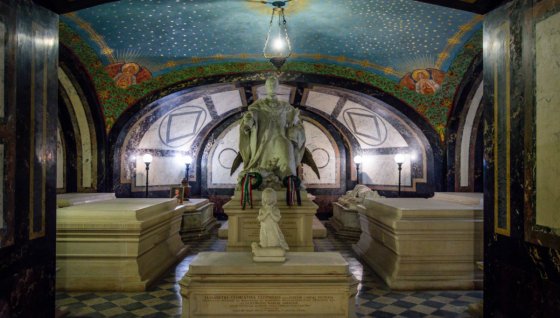 The „intertwined history” of the bridges and the city of Budapest
Which ideas and events have shaped the fate of bridges of Budapest and the cityscape? Alongside many other interesting facts, this question is also answered this newly published book by the Budapest City Archives, which introduces the history of bridges in Budapest.
The „intertwined history” of the bridges and the city of Budapest
Which ideas and events have shaped the fate of bridges of Budapest and the cityscape? Alongside many other interesting facts, this question is also answered this newly published book by the Budapest City Archives, which introduces the history of bridges in Budapest.
Hungarian National Gallery
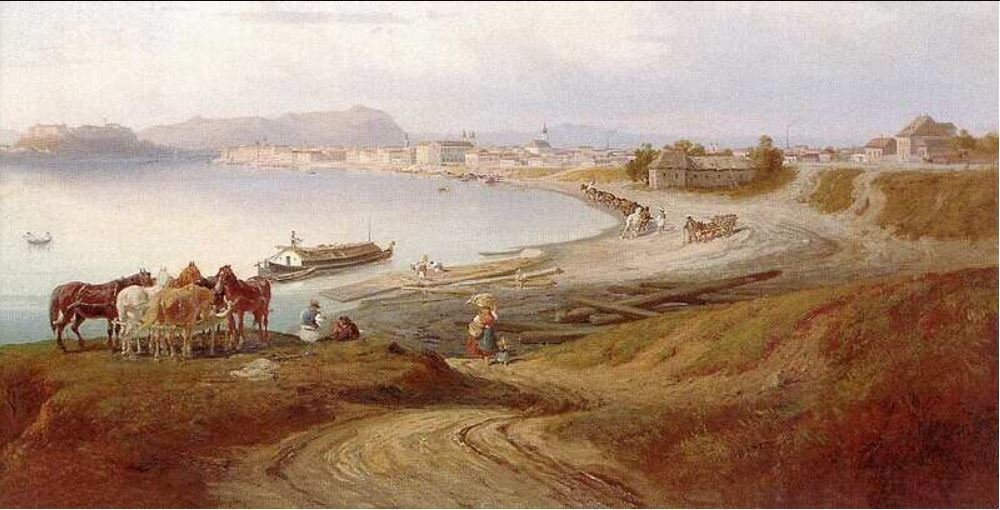 Who painted Pest and Buda several times: Antal Ligeti was born 200 years ago
Who painted Pest and Buda several times: Antal Ligeti was born 200 years ago
January 30, 2023 at 4:00 PM
Antal Ligeti, born 200 years ago, was one of the outstanding figures of Hungarian painting. He lived in extraordinary places, first in the Fót castle of Count Károlyi István, later in Budapest's most famous classicist palace: the National Museum building. He owed his first home to the support of the lord, who recognised the talent of the young painter and provided him with housing and board as a patron. He earned his home in the building of the National Museum as the keeper of the picture gallery, lived there for more than twenty years, and was taken to the cemetery from there.
From the Curia's building to the City Park: the Hungarian National Gallery opened 65 years ago
October 25, 2022 at 10:00 AM
The Hungarian National Gallery is one of the best-known institutions in the country and the capital, which celebrates its 65th anniversary this year. The institution, which collects masterpieces of Hungarian art, opened its doors to visitors on 5 October 1957 in its first home, in the Curia's building on Kossuth Square designed by Alajos Hauszmann, to which the Museum of Ethnography later moved. It occupied its current location, buildings B, C and D of the Buda Castle, in 1975. Within the framework of the Liget Project, the plans for the new home have already been drawn up, although its implementation is still pending.
A forgotten ramp - Another part of Buda Castle is being rebuilt
February 11, 2022 at 10:30 AM
Buda Castle was not only a beautiful architectural work inside and out until the middle of the 20th century, but also a venue for dazzling events, where guests arrived in carriages and later in elegant cars. After 1905, the main entrance opened from Szent György Square, in a newly built wing building with a ramp on the other side. This building, which bridges the level difference, will also be part of the future reconstruction of the palace.
Masterpieces with a view – A visit to the Royal Palace of Buda Castle
November 21, 2020 at 9:00 AM
A few secrets from Buda Castle: there is no gas in the building for security reasons; thus, the whole complex is connected to district heating. The current dome reaches higher than the original planned by Alajos Hauszmann. At the turn of the century, the length of the connecting halls facing the river was matched only by Versailles. Pestbuda visited the building before pandemic-related limits on events entered into force, as part of a guided tour offered within the Budai Várséták ('walks in Buda Castle') series of the National Hauszmann Program.
The most Hungarian Habsburg rests in Buda Castle – A visit to the Palatine Crypt
November 14, 2020 at 9:00 AM
A lesser-known segment of the vast Royal Palace of Buda Castle has housed the final resting place of the Palatine-branch of the House of Habsburg since the Hungarian National Awakening and the Reform Period. The crypt of the Habsburg palatines has remained almost unchanged since the 19h century. Few know that a Habsburg was buried in the crypt in the 2010s. Pestbuda visited the stunning site as part of a tour organised by the National Hauszmann Program before the restrictions announced on 10 November, limiting events entered into force. Join us on a visit to the crypt of the Royal Palace of Buda Castle.
More articles
 The „intertwined history” of the bridges and the city of Budapest
Which ideas and events have shaped the fate of bridges of Budapest and the cityscape? Alongside many other interesting facts, this question is also answered this newly published book by the Budapest City Archives, which introduces the history of bridges in Budapest.
The „intertwined history” of the bridges and the city of Budapest
Which ideas and events have shaped the fate of bridges of Budapest and the cityscape? Alongside many other interesting facts, this question is also answered this newly published book by the Budapest City Archives, which introduces the history of bridges in Budapest.
 The Bridge Report, which brought a turning point in the history of Budapest
A travel report that changed the history of Pest and Buda, as well as Hungary. The little book contributed to the change of half a thousand years of legal customs and the implementation of an investment of unprecedented size and technical quality. This book was The Bridge Report [Hídjelentés in Hungarian].
The Bridge Report, which brought a turning point in the history of Budapest
A travel report that changed the history of Pest and Buda, as well as Hungary. The little book contributed to the change of half a thousand years of legal customs and the implementation of an investment of unprecedented size and technical quality. This book was The Bridge Report [Hídjelentés in Hungarian].
 Drama on the university wall - The heroic monument was planned 95 years ago
In the constant hustle and bustle of the Egyetem Square in Pest, the students may not even notice the monument that decorates the short section of wall between the church and the central building of ELTE. However, it commemorates their predecessors, the heroes who fought for their country in World War I, and those who heroically helped them. The first design of the dramatically collapsing soldier was born in 1928, ninety-five years ago.
Drama on the university wall - The heroic monument was planned 95 years ago
In the constant hustle and bustle of the Egyetem Square in Pest, the students may not even notice the monument that decorates the short section of wall between the church and the central building of ELTE. However, it commemorates their predecessors, the heroes who fought for their country in World War I, and those who heroically helped them. The first design of the dramatically collapsing soldier was born in 1928, ninety-five years ago.

